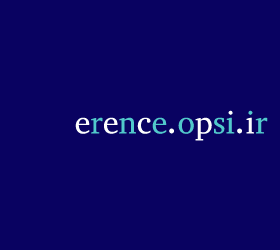Association Mission
Membership
Contact Us
BibTeX | RIS | EndNote | Medlars | ProCite | Reference Manager | RefWorks
Send citation to:
URL: http://opsi.ir/article-1-1105-en.html
2- university of tabriz
In this paper, composite cladding optical fiber is used. Assuming that the emission of electromagnetic waves in the waveguide occurs by total reflection rule, negative Goos-Hanchen shift in the optical fiber for different forms of nanoparticles of different wavelengths and temperature simulated by MATLAB software. As a result, prolate ellipsoid nanoparticles are drawn with the least penetration depth. So the impact of changes in the density of nanoparticles in negative and positive Goos-Hanchen shifts as well as changes in the density of nanoparticles as a selected sample have been investigated per P and S polarized wavelengths. Finally, the dispersion curves and cut-off frequency of the composite cladding optical fiber has been described and it has been found that by changing the density of nanoparticles cut-off frequency mode can be controlled.
| Rights and permissions | |
 |
This work is licensed under a Creative Commons Attribution-NonCommercial 4.0 International License. |









